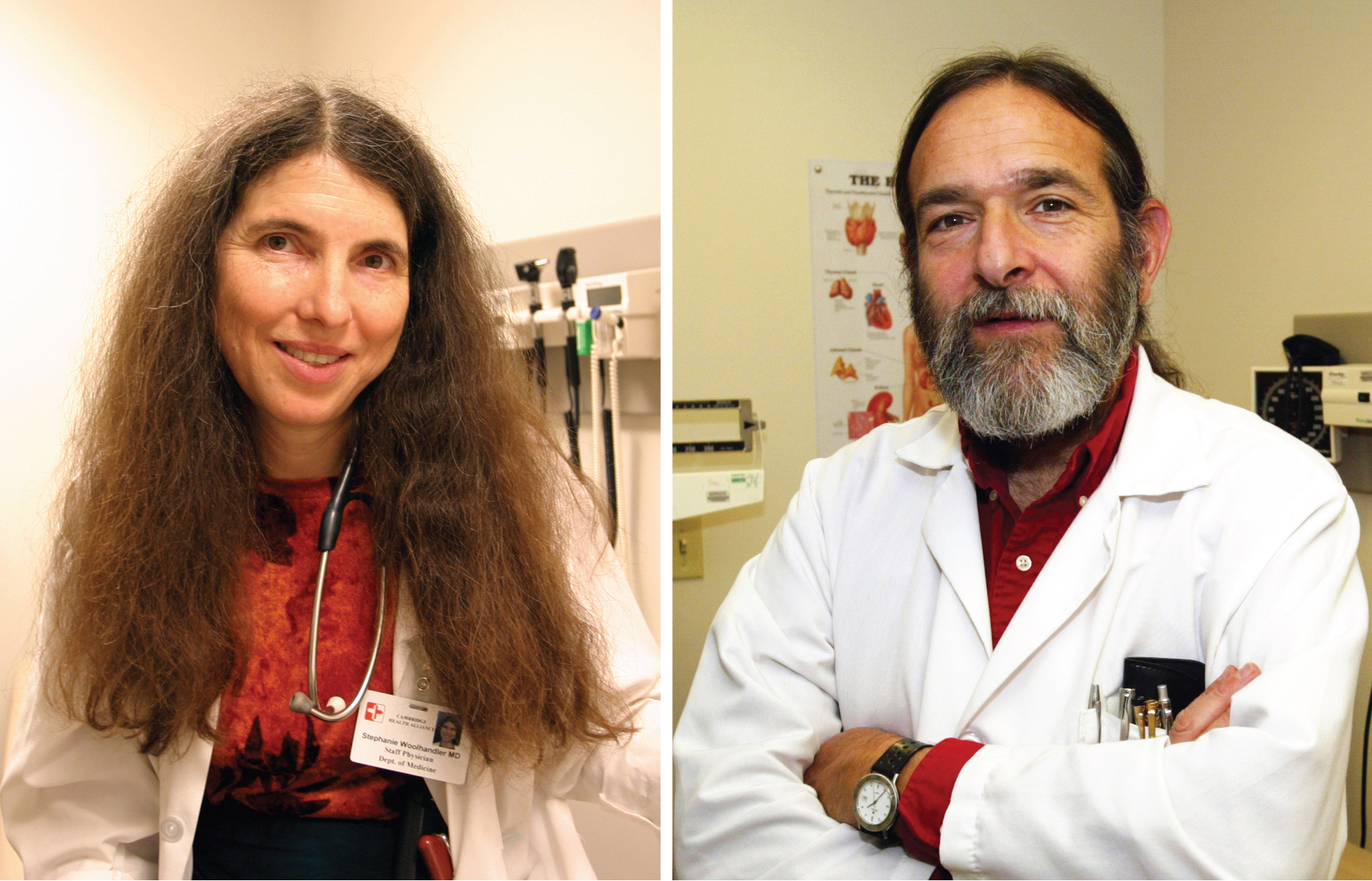Affordable Care Act Creates Tax-Funded Expenditure Majority
“The finding that Americans pay the world’s highest health-related taxes conflicts with popular perceptions that the U.S. health care financing system is predominantly private.”

- Over 64 percent of healthcare spending is tied to tax-funded expenditures, according to new data from the American Journal of Public Health. This reported number apparently contradicts commonplace perceptions about the cost of healthcare. Researchers claim the government’s share of healthcare spending could feasibly hit 67 percent by 2024 – all because of the Affordable Care Act (ACA).

According to the study’s key finding, 2013 tax-funded expenditures accounted for nearly two-thirds of nationwide health spending. This number totaled nearly $2 trillion, say the study’s authors, David U. Himmelstein, MD, FACP, and Steffie Woolhandler, MD, MPH, FACP.
“At $5,960 per capita, government spending on health care costs in the U.S. was the highest of any nation in 2013, including countries with universal health programs such as Canada, Sweden and the United Kingdom,” stated a press release from the Physicians for a National Health Program (PNHP).
The estimated total for health spending nationwide in 2013 reportedly topped $9,200 per capita. The government’s share of this alleged amount was almost $6,000.
“The finding that Americans pay the world’s highest health-related taxes conflicts with popular perceptions that the U.S. health care financing system is predominantly private.”
Direct government payments for programs including Medicare and Medicaid make up over 47 percent of overall healthcare spending, said PNHP.
Particularly worthy of note, the organization stated, are two “commonly overlooked” tax-funded health expenditures – government outlays for public employees’ private health insurance coverage and healthcare tax subsidies.
These types of government outlays encompass over 6 percent of total spending – $188 billion. Tax subsidies to healthcare make up over 10 percent – an amount that comes close to nearly $294 billion.
“Together, these public expenditures put the U.S. in first place for health care taxes,” PNHP confirmed.
“We pay the world’s highest health care taxes. But patients are still saddled with unaffordable premiums and deductibles,” said Woolhandler.
“Meanwhile, billions are squandered on paperwork, and insurers and drug companies pocket huge profits at taxpayer expense.”
“Our study shows that universal coverage is affordable – without a big tax increase,” Himmelstein commented.
“It’s an outrage that the American people pay sky-high health care taxes, but 33 million are still uninsured.”

Will costs resume an upward trend because of the ACA?
The ACA promotes billions of dollars in bureaucratic waste, Woolhandler and Himmelstein (both pictured) confirmed last June within Health Affairs.
“Between 2014 and 2022, the ACA will add $273.6 billion in new administrative costs over and above what would have been expected had the law not been enacted,” said Himmelstein.
“That's equivalent to $1,375 per newly insured person per year, or 22.5 percent of total federal expenditures for the program.”
The bureaucracy may gobble up nearly a quarter of federal spending, added Woolhandler.
“Costs are likely to resume an upward growth pattern and more and more people are going to find themselves grossly underinsured,” Himmelstein told RevCycleIntelligence.com.
“We are moving to a handful of giant organizations controlling the health delivery system, largely focusing on their own interests and giving lip service to wanting to serve patients, but really acting like corporate masters of the healthcare system and shaping it to do what they want rather than what patients need.”
